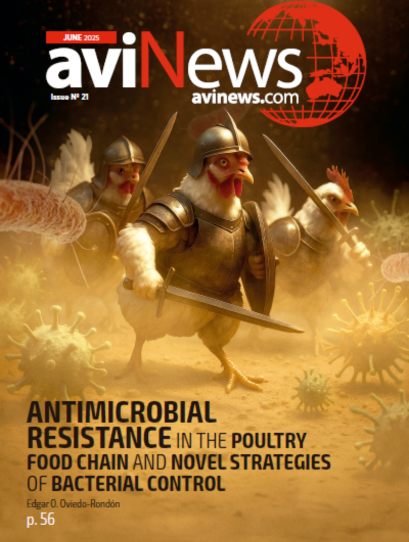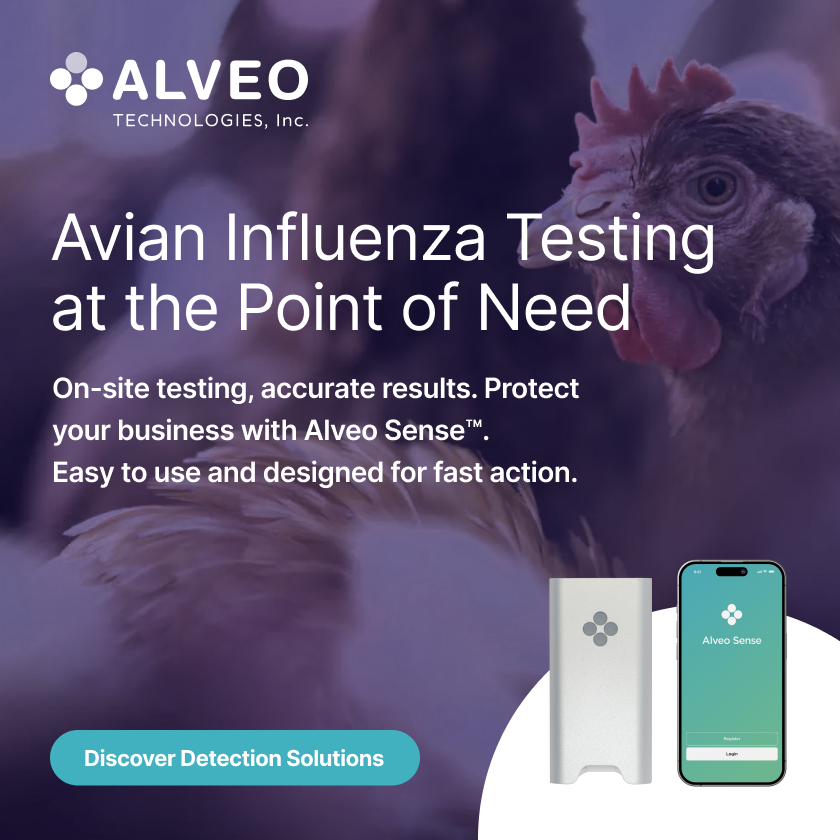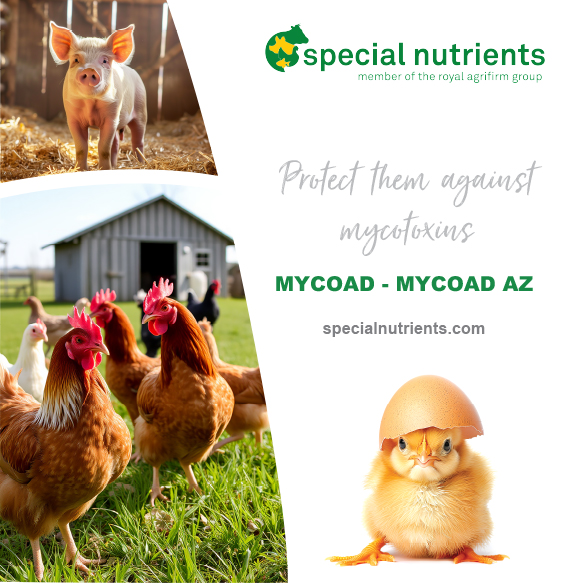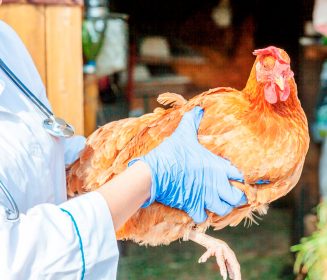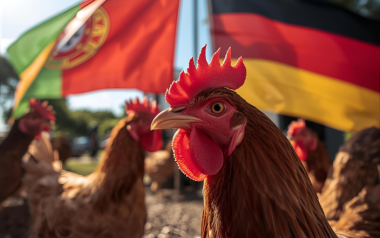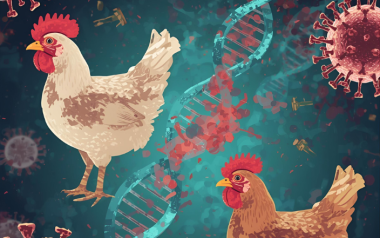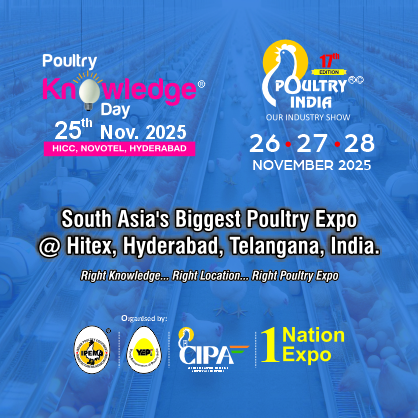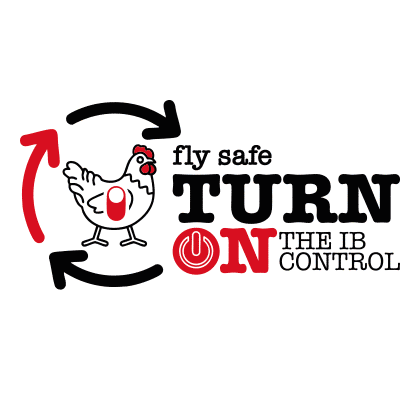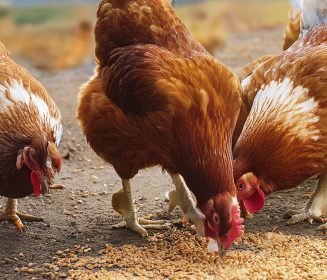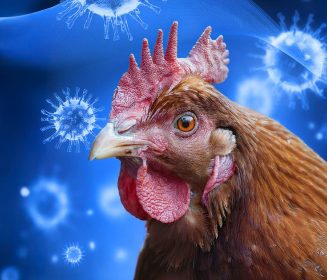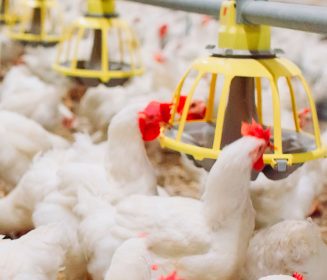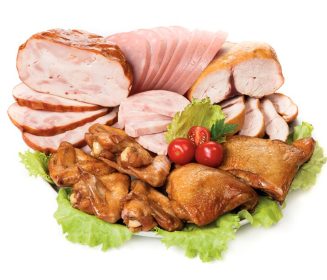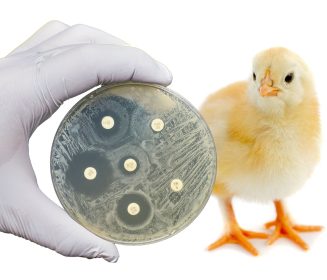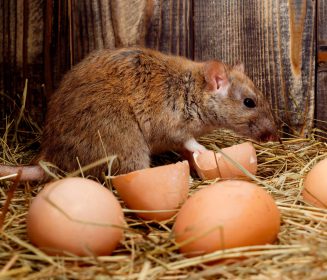Sources: Available upon request
25 Jun 2025
USDA to unveil Avian Influenza vaccination plan in July 2025
The U.S. Department of Agriculture (USDA) is preparing to announce a comprehensive vaccination plan to combat highly pathogenic avian influenza (HPAI) in poultry, with a formal release expected in July 2025.
The U.S. Department of Agriculture (USDA) is preparing to announce a comprehensive vaccination plan to combat highly pathogenic avian influenza (HPAI) in poultry, with a formal release expected in July 2025. This initiative marks a pivotal shift in the nation’s strategy to manage one of the most devastating animal health crises in U.S. history.
Since 2022, HPAI outbreaks have led to the culling of nearly 175 million birds, severely impacting egg and poultry production, driving up prices, and increasing reliance on imports. In response, the USDA has collaborated with federal, state, and industry stakeholders to develop a national vaccination framework aimed at protecting domestic flocks and stabilizing the poultry market.
The proposed plan is part of a broader five-pronged strategy that includes a \$100 million investment in HPAI research, streamlined regulatory processes, enhanced biosecurity, and expedited relief for affected producers. A key component of the plan involves presenting the vaccination strategy to international trading partners to assess potential impacts on poultry exports.
According to early drafts, the vaccination protocol may involve an initial dose administered early in a bird’s life, followed by a booster during development. Routine surveillance testing would be implemented to monitor effectiveness and detect any outbreaks. Notably, even vaccinated flocks testing positive for HPAI would still be culled to maintain trade confidence.
Zoetis, a leading vaccine manufacturer, has already received USDA approval for a vaccine that meets federal safety and efficacy standards. This approval signals readiness for a potential rollout, pending final policy decisions.
Experts emphasize that the success of the plan hinges on clear guidelines regarding when to initiate and halt vaccinations, how to track vaccinated flocks, and how to integrate surveillance data. Dr. Ben Wileman of Select Genetics highlighted these concerns during the 2025 PEAK show, stressing the need for a robust and transparent implementation strategy.
Lawmakers have also urged the USDA to expand the plan’s scope to include turkeys and dairy herds, given the virus’s broader impact across livestock. A bipartisan group of senators has called for inclusive biosecurity measures that support all affected producers.
As the USDA finalizes its plan, the poultry industry and global trade partners await further details that could reshape the future of avian disease management in the U.S.

